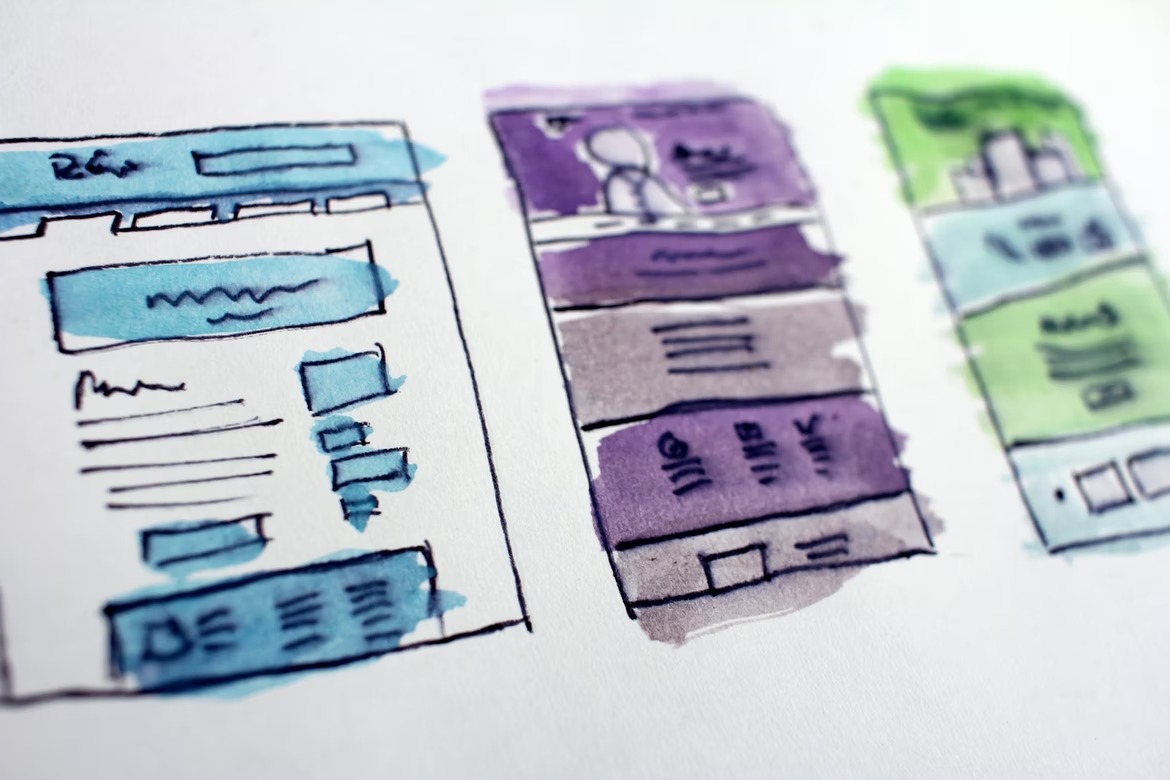
In 1989, Tim Berners-Lee designed the first website at the Swiss research center, CERN (European Organization for Nuclear Research) to distribute information to other researchers. Since then, websites have changed somewhat, and they’re now essential if you’re promoting and selling a service or product.
As web design and development improves, users expect more from their online experience. Your website is your online storefront and your digital footprint combined, so making a great first impression is essential. Your site design should be so alluring that users – potential customers – want to return to it. An excellent website design creates a strong brand identity, and this leads to increased sales.
Incorporating SEO, UX and Keywords
Using professional web design services will save you time, expand your business, and reinforce the image of your brand. Web design that is consistent and accessible encourages readers to stay on the page. A web designer with experience knows exactly what to do to keep your potential customers interested and understands the importance of SEO (search engine optimisation) to keep your product visible.
If you want to attract more browsers, you can use targeted keywords that have a high search ratio. The higher the correlation between your website content and the content sought by users, the more traffic you’ll attract. You should also ensure that your calls to action (CTAs) are clearly displayed and will motivate your customers to buy your products or use your services. The focus on UX (user experience) has grown in recent years and combining SEO best practices with an easy to navigate user interface (UI) will set your website apart from the rest.
Using Images To Attract & Retain Attention
According to Hubspot, an effective website design must contain captivating images with limited text. A web page that users return to again and again takes into account that, while many people love striking visual elements, they also have short attention spans and are too busy to read text-heavy content. The idea of a website is to sell a product, and the Who, What, When, Where, Why questions should be answered at a quick glance.
Elements such as color, typefaces, content and space can also affect a user’s mood, so it’s helpful to understand more about the human psyche when designing for the web. Building trust, forming a relationship, and channeling customers through the sales funnel can be as simple as having a website that’s well designed.
Create Compelling Content
Web design doesn’t only apply to visuals or graphics. It also applies to its textual elements, which must be holistic, relevant, and engaging. A website’s textual and visual elements are crucial to building an excellent online presence. Website owners must publish compelling content, such as informative and interesting blogs, videos, and infographics. Your textual and visual content must jive to be more impactful.
Diversify your content to spark continuous interest for users to return and become loyal. For instance, you can include audio content or podcast shows to attract more users, especially for people with disabilities. This similar content strategy can make your website ADA compliant, helping broaden your follower base.
If you want your business website to gain more traffic and leads quickly, hiring the services of a professional web design agency is advisable. A holistic website design agency offers responsive web design, SEO, and digital marketing services. It employs experienced web designers and digital marketing specialists to optimize content and create unique digital user experiences through customized solutions.
Conclusion You can attain a visually-captivating and functional website by ensuring a good balance between textual and visual elements. In that way, you can establish and maximize your online presence to boost your lead generation and business sales. If you’re unsure how to get started, hire a professional web designer to help you.

